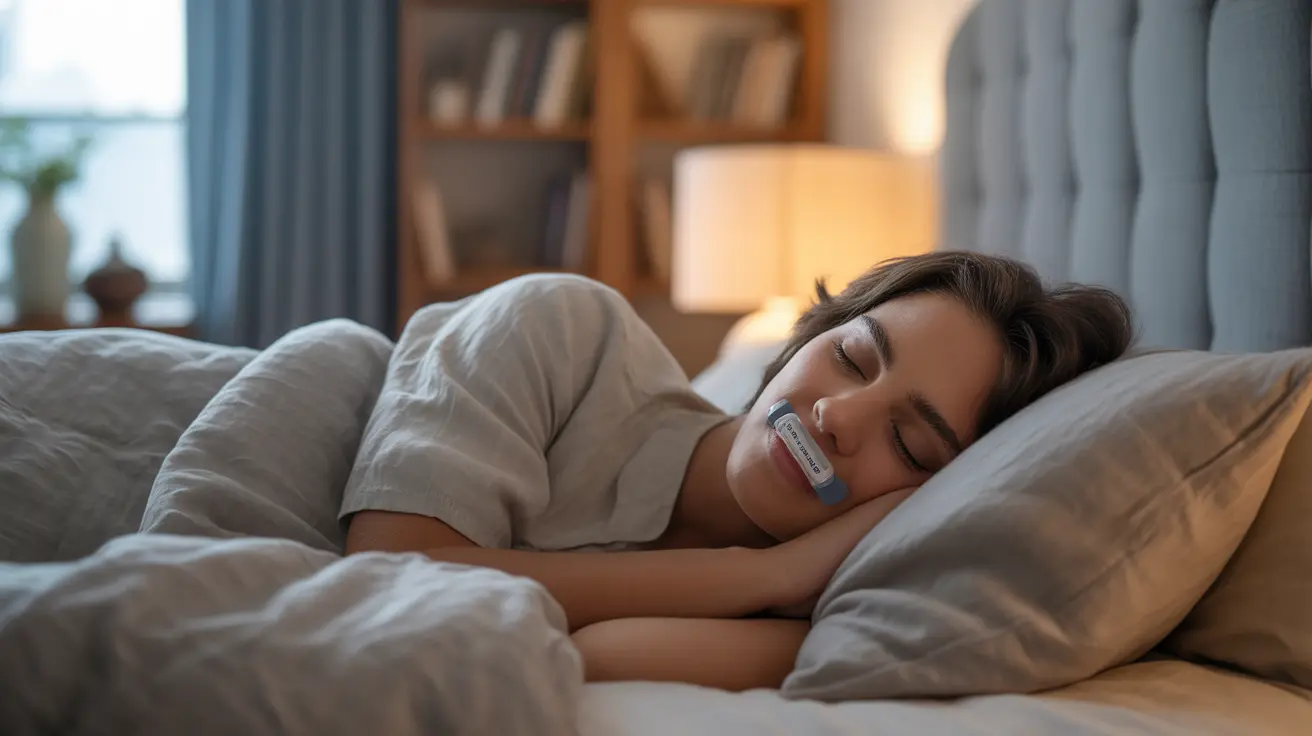For individuals struggling with sleep apnea, Continuous Positive Airway Pressure (CPAP) therapy has long been considered the gold standard treatment. However, not everyone can tolerate or adapt to CPAP machines. Fortunately, several effective alternatives exist that can help manage sleep apnea symptoms and improve quality of life.
Understanding your options for sleep apnea treatment beyond CPAP is crucial for making informed decisions about your health. This comprehensive guide explores various alternatives, from oral appliances to lifestyle modifications and surgical interventions.
Oral Appliance Therapy: A Leading CPAP Alternative
Mandibular advancement devices (MADs) and tongue-retaining devices represent the most common forms of oral appliance therapy. These custom-fitted devices work by repositioning the jaw or tongue to maintain an open airway during sleep.
- Portable and travel-friendly
- Silent operation
- No electricity required
- Higher compliance rates than CPAP
- Less intrusive design
Selecting the Right Oral Appliance
A qualified dentist specializing in sleep medicine will evaluate your specific needs and oral structure to recommend the most suitable device. Regular adjustments ensure optimal positioning and effectiveness.
Lifestyle Modifications and Positional Therapy
Several non-invasive approaches can significantly impact sleep apnea severity:
Weight Management
Even modest weight loss can reduce the severity of sleep apnea symptoms. Studies show that a 10% reduction in body weight can lead to a 20-30% decrease in sleep apnea severity.
Sleep Position Training
Positional therapy devices help maintain side sleeping, which can reduce apnea events in patients with position-dependent sleep apnea. These range from simple tennis ball techniques to advanced position monitors.
Advanced Surgical Options
When conservative treatments prove insufficient, surgical interventions may be considered:
Upper Airway Stimulation
The Inspire hypoglossal nerve stimulator represents a revolutionary approach for suitable candidates. This implantable device delivers mild stimulation to key airway muscles during sleep.
Traditional Surgical Procedures
- Uvulopalatopharyngoplasty (UPPP)
- Maxillomandibular advancement
- Nasal surgery
- Soft palate procedures
Alternative Therapies and Emerging Solutions
- Myofunctional therapy
- Expiratory positive airway pressure (EPAP) devices
- Combination therapy approaches
- Specialized exercises for throat muscles
Follow-up and Monitoring
Regular evaluation ensures treatment effectiveness and allows for necessary adjustments. Sleep studies and symptom monitoring help track progress and maintain optimal results.
Frequently Asked Questions
What are the most effective alternatives to CPAP for treating obstructive sleep apnea? Oral appliance therapy, upper airway stimulation, and surgical interventions represent the most effective CPAP alternatives. The best option depends on individual factors including apnea severity and anatomical considerations.
How do oral appliances compare to CPAP in managing sleep apnea symptoms? While CPAP typically shows superior efficacy for severe sleep apnea, oral appliances can be equally effective for mild to moderate cases. They often demonstrate better compliance rates due to greater comfort and convenience.
Can lifestyle changes like weight loss and positional therapy help reduce sleep apnea without CPAP? Yes, lifestyle modifications can significantly improve sleep apnea symptoms. Weight loss, in particular, can reduce severity by 20-30%, while positional therapy helps patients with position-dependent sleep apnea.
Who is a good candidate for surgical options or implantable devices instead of CPAP? Candidates for surgical interventions typically have specific anatomical features contributing to their sleep apnea or have failed conservative treatments. Upper airway stimulation candidates must meet specific criteria regarding BMI and apnea severity.
What should I expect during follow-up and evaluation when using CPAP alternatives? Follow-up typically includes regular monitoring of symptoms, periodic sleep studies to assess treatment effectiveness, and device adjustments as needed. The frequency of evaluations depends on the chosen treatment method and individual response.




